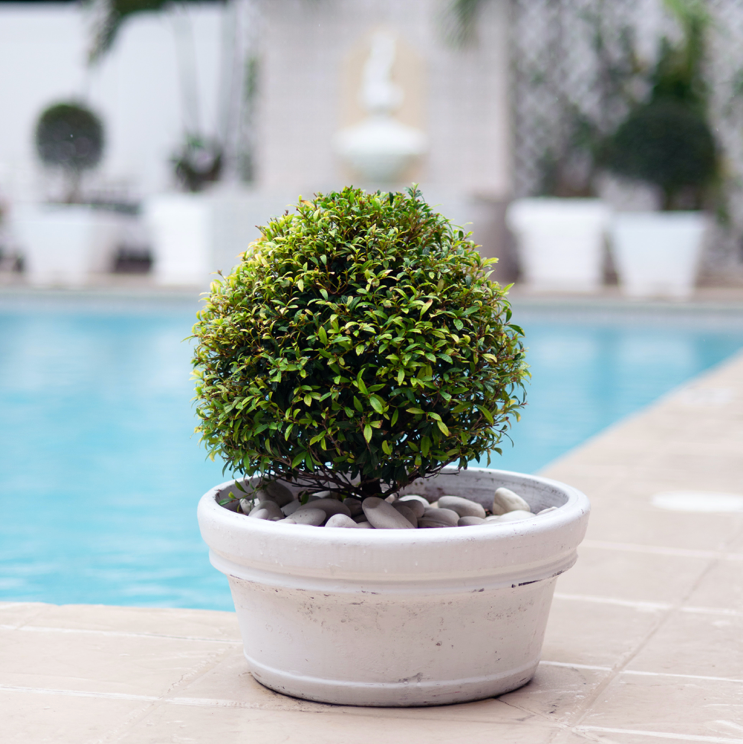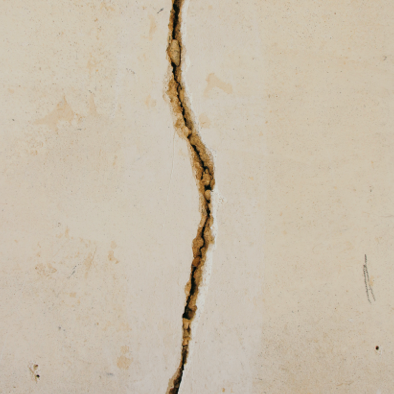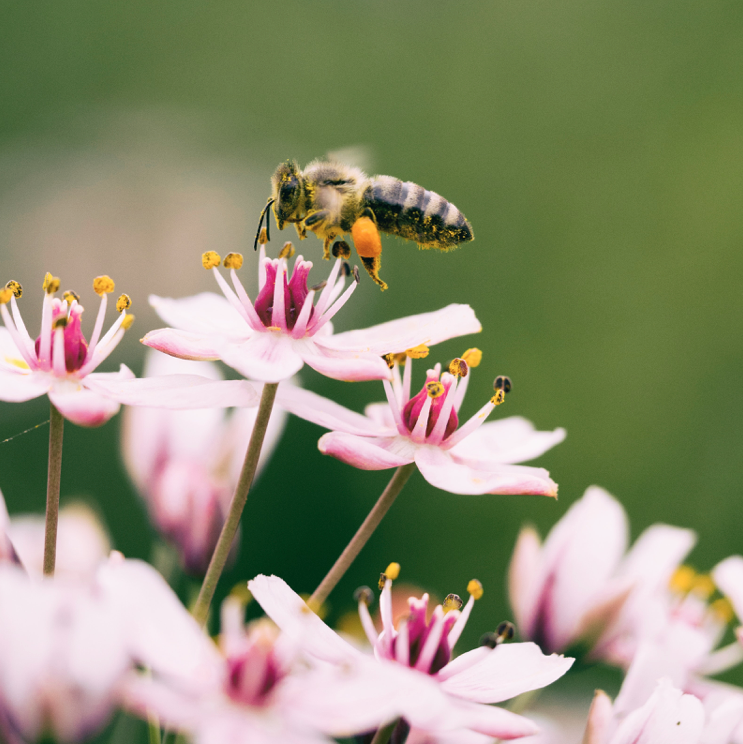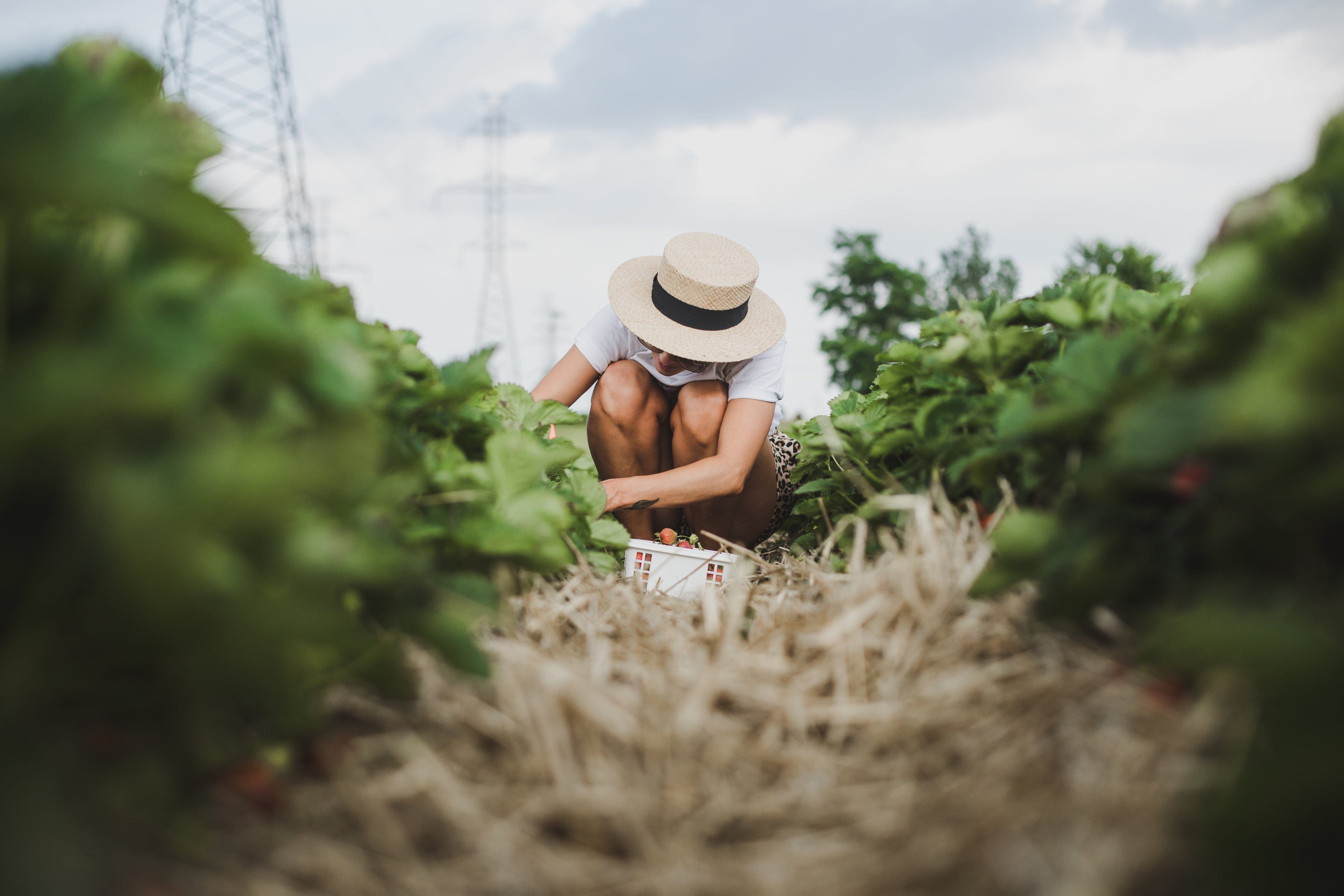
Watering outdoor potted plants: What you need to know

Potted outdoor plants add that special something to a garden, while they look equally magnificent on a veranda. But although many people choose to include potted plants in their landscaping and as part of their outdoor décor, what many haven’t quite yet grasped is how to take good care of those plants.

It is easy to forget that your plants need to be watered properly. When outside, we tend to think that our potted plants can be treated in the same manner as our non-potted plants. But the fact of the matter is that your potted plants need care, and knowing how to water them is a must.
Not only should you protect your pot plants but the pot that holds them too. Read how to plant in the pots to reduce cracks
When and how you water your plants can play a huge role in just how well they bloom. We all know that plants need water to survive, but there are right ways and wrong ways to soak your plants, and knowing the difference can save you from having gardener’s heartache.
Luckily, once you have a firm grasp of the basics, you won’t have to worry about accidentally harming your plants. Watering your potted plants is not rocket science. It simply requires you to understand your plants and know what it is that they need in order to thrive.
How to tell when your plant needs water?
The container plant is very much different to the plant you have in your garden bed. The potted plant tends to dry out quite quickly, which might be quite the opposite of what you are thinking considering that one would assume that the pot would contain water rather than lose it.
But the fact remains that potted plants will dry out fast and so it is easy to tell when the plant will need water. The moment the soil looks dry, give the plant a splash.
How often should you water a potted plant?
Things can get a little technical when considering how often you should water the plant, especially if you take into account the type of plant you have. Succulents for instance won’t need as much water as a plant that prefers its moisture, such as vegetables. If your plant is well-established, i.e. it has spent a lot of time in its pot, it will also need less frequent watering.
Your watering process will also play a role in how often you should water your plant.
Ideally, you should take your time when watering. Go slowly and allow the water to penetrate to where it is needed the most. If you rush the watering, it will run out of the pot and your plant will be dry again within a few hours.
If you over water the plant, try to drain off the excess water. This is easy to do if the water is sitting on the top of the soil, and your pot is small enough to tip. Also, if you over water, don’t let the pot sit in the drainage tray, or in a puddle of water.
To see if you are regularly over watering your plant, have a look at its leaves. They could change from a healthy green to a pale green or yellow. The leaves could develop yellow spots. Another sign of over watering is that the leaves tend to look a little shriveled but not dried out. If the plant is over watered, the plant won’t be able to photosynthesis, and this can slow plant growth or destroy the plant completely.
A tip to keep in mind, if you have forgotten to water the plant and the pot is now completely dry, is to soak the entire pot in a tub of water to revive the plant.
Plant Watering To-Do List
Not watering your plants correctly can have quite detrimental effects on your plants. It can expose them to plant diseases or it can kill them. You might even be thinking you are giving your plants enough water, only to be left bewildered when you watch it whittle and die.
To keep your plants in the best condition, and give them the opportunity to grow full and lush, this is what you should do.
- Water them in the morning
Many of us make the mistake of thinking we should only water the plants once the sun is high in the sky. After all, they must be “thirsty” with all that heat right?
In reality, the best time of day to water outdoor pot plants, and outdoor plants in general, is early in the morning, while the soil is still cool from the night before. This will give the water the chance to be absorbed into the roots. If you are watering during the heat of the day, the water will mostly evaporate, especially in the summer months, leaving your plants dehydrated.
If you are unable to water early in the morning, then perhaps try doing it in the evening, as the sun dips, and see how your plants react to it.
- Water at the same level as the soil
Really, the closer you can get to the base of the plant, the better. This allows the water to flow directly down into where the roots have spread out, allowing the roots to absorb as much of the water as possible. Soaking the plant base with a watering can or a hose is best, as it won’t restrict the amount of water flowing to the roots. A lighter spray might not be enough to properly penetrate the roots.
- Water at least once a day
Potted plants need daily attention. They tend to dry out a lot faster than garden beds, possibly because of what the pot is made of and also because the container is a lot smaller. Soaking the pot in the morning is the best idea, but if later in the afternoon you notice that the pot is a little dry, giving it another soak won’t hurt it.
- Use a watering can or wand
Remember the tip about soaking the base of the plant so that the majority of the water gets to the roots? To improve your chances of ensuring that the water gets to where it needs to be, you should consider using a watering can or watering wand, which will help to direct the water flow to where you need it to be.

Knowing how to water your plants is important but first is learning when and how to plant seedlings.
Interested in reading more, click on the below:
Get your plants, choose your pots and make your garden a water wonderland.





Leave a comment
This site is protected by hCaptcha and the hCaptcha Privacy Policy and Terms of Service apply.